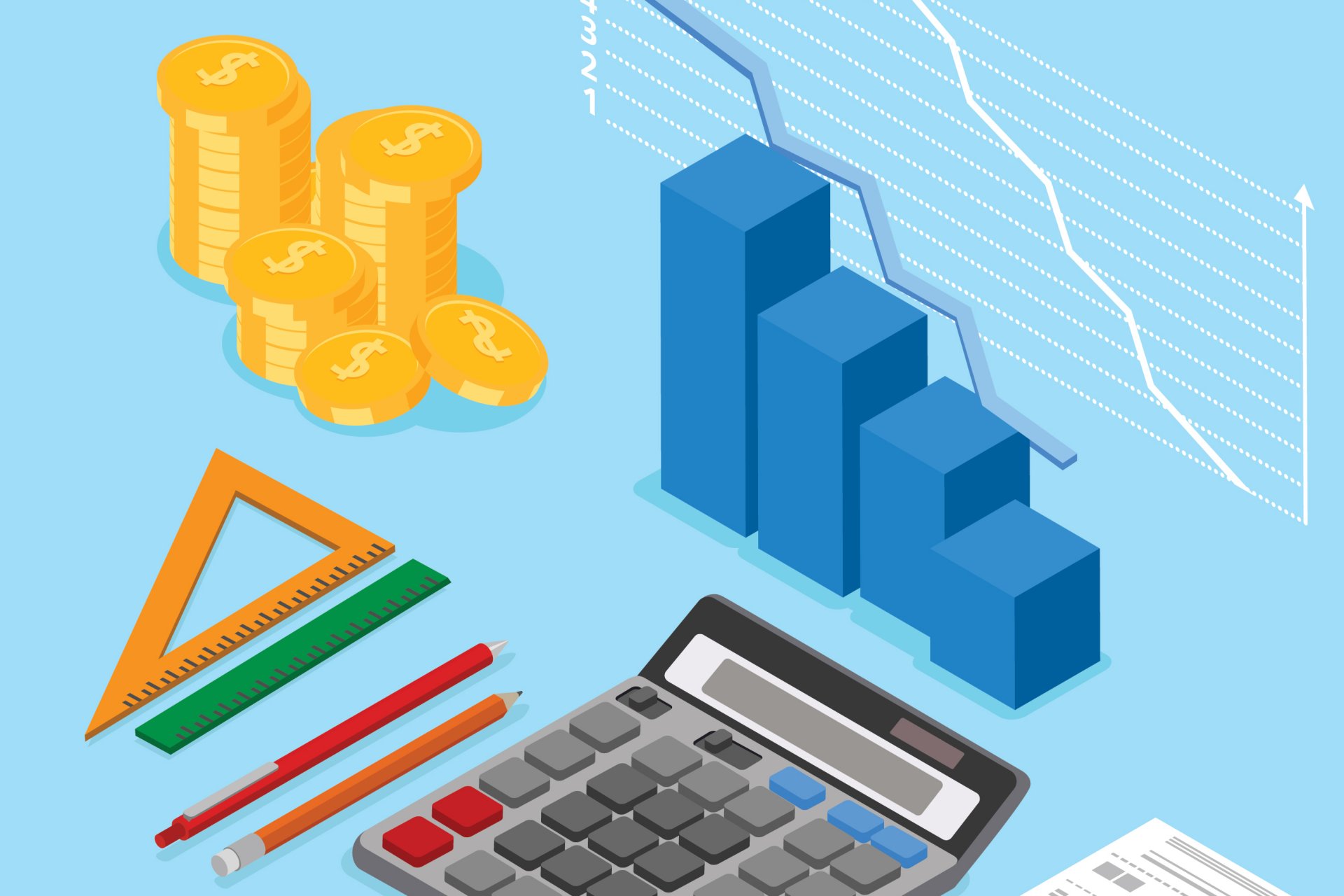Taxes are complicated.
Even the most basic tax form can strike fear in the heart of the average person. When you add in the complexities of cross-border tax compliance, it’s not surprising that even seasoned e-commerce business professionals are overwhelmed.
No matter what you’re selling, or where you’re selling it, you’re required to pay taxes— even if no tangible goods are involved. Keep reading to learn more about how companies selling apps can simplify cross-border tax demands.
State by State Tax Laws
Apps are big business. Around the globe, billions of dollars are spent annually on apps, and it’s estimated that the sum will skyrocket over the next few years. In the United States, taxing apps is a matter of some confusion. Every state approaches sales tax differently. While some states don’t have a system implemented to collect, report, or remit taxes on e-commerce purchases, others have a framework in place. Some require a physical presence in the state before they collect taxes, but the definition of a “physical presence” is changing as states start to recognize the significant source of income that e-commerce can provide them.
Some states tax only goods and services, while others have adapted their laws to encompass digital products (intangible goods). The US Congress worked to bring some order to the process in 2011, with The Digital Goods and Services Tax Fairness Act of 2011. This forced states to tax digital goods in a manner consistent with the way they tax tangible goods and services, not imposing taxes that are separate from the existing framework. While it doesn’t make it any easier to determine what each state’s tax policy is, it does ensure that each state will apply tax fairly.
How do you know what the policy is in your state? Check this map to see where you stand.
VAT 101
With more than 150 nations around the world collecting VAT, or Value Added Taxes, it’s vital that your organization has a good grasp on VAT, particularly if you’re planning to sell your app internationally.
Sales tax and use tax are charged to buyers at the point of sale in most countries. These taxes are based on the sales price. Value Added Tax, however, is assessed based upon the current value of the item, service, or digital good sold.
Confused? Let’s use an example. Say you’re selling software online. With traditional sales tax, it costs $100, and with a 10% sales tax applied, the ultimate cost to the customer would be $110. However, with VAT, the sale of the coding work to the software company for $50 would require a 10% VAT— $5— that would be charged to the software company by the coders. Then, the software company would sell the software to the retailer for $80, and the retailer would be charged an additional $8; this would cover the $5 VAT the designer paid and $3 to the government.
The software retailer would tag the shoes for $100, and the customer would be charged $110— the price of the software and the 10% VAT. The software retailer would take the $10 in tax money, deduct the $8 they’ve already paid and turn over the remaining $2 to the government.
Sound complicated? It is. Every step of the way, there are specific forms that must be filed immediately— it’s challenging, time-consuming, and, if you don’t do it right, you could be in for a big headache. Don’t forget to factor in the differences between currencies, and the language barrier, and you might consider bowing out of the (very profitable) global market altogether.
Incorporating a Full-Stack E-Commerce Platform
Enter the full-stack e-commerce platform. While some e-commerce platforms will handle the basics associated with selling a digital product, such as an app, others are capable of taking on the back-office tasks that you don’t have the time (or the inclination or knowledge) to handle. Cross-border tax issues, chargebacks, customer service— you name it, and a full-service e-commerce platform will help you handle it.
There are roughly 7,500 tax jurisdictions in the United States alone. When you add in the vagaries of the VAT system, staying compliant across borders is a big job. Why not entrust it to a professional e-commerce platform that will ensure that all of the necessary paperwork is filed on the proper timeline? You can concentrate on selling your app or making the necessary improvements that need to be made to truly take your app to the next level. Grow your business, not your paperwork— trust the taxes to a full-stack e-commerce platform.
Still have questions related to apps and taxes? FastSpring has created an easy-to-read infographic that will give you fast facts about taxes as they relate to e-commerce. Click here to get your free infographic, Understanding Taxes for Software, SaaS, and Digital Content, today.
![[Customer Story] Why TestDome Considers FastSpring a Real Partner](https://fastspring.com/wp-content/themes/fastspring-bamboo/images/promotional/2023/FastSpring-TestDome-blog-thumbnail.jpg)




